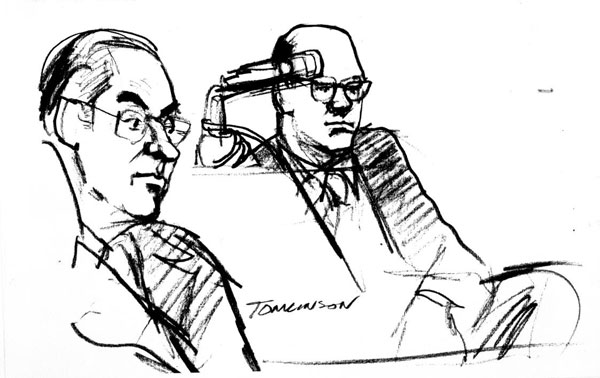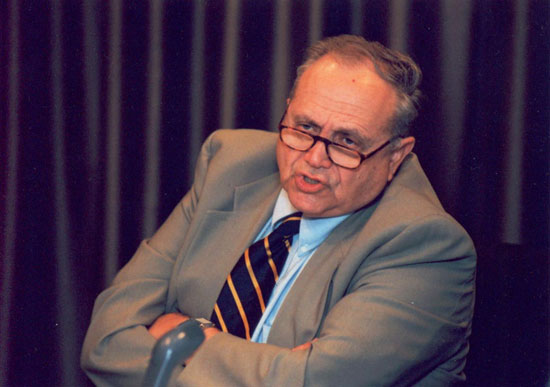


The Enforcement Division gained national prominence thanks to the Watergate scandal. At first the scandal tarred the SEC; in late 1972 Casey was revealed to have transferred files of an SEC investigation to the Department of Justice, to prevent Congress from scrutinizing them for evidence of illegal campaign contributions, and a few months later his successor as chair, Bradford Cook, abruptly resigned after giving misleading testimony to Congress about the SEC’s injunctive action against Robert Vesco.(1) The scandals did not however touch the Enforcement Division – no one questioned Pollack’s or Sporkin’s integrity – and would eventually redound to the Commission’s benefit. After Cook’s resignation the Nixon administration, under heavy political pressure, moved to restore the SEC’s image by naming several highly regarded securities lawyers as Commissioners, beginning with Ray Garrett as chair in mid-1973. At Garrett’s behest, Irving Pollack was named to the commission at the end of the year, and Sporkin was promoted to replace him as division director.(2)

Watergate led to the “voluntary program” that became the defining event of Sporkin’s tenure. In this program, hundreds of firms self-reported illegal campaign contributions and foreign bribes. The program – the first of many “programs” in which Division resources were targeted at a pressing problem – not only put the Enforcement Division on the national stage, it also displayed Sporkin’s and the staff’s legal creativity in interpreting the securities laws to reach new kinds of wrongdoing.
Its origins lay in Congress’s 1973 hearings over the Watergate scandal and the parallel investigation run by Special Prosecutor Archibald Cox. These revealed that many corporations had made illegal political contributions, which drew Sporkin’s attention.(3) As he later recalled it, listening to the hearings he "would hear the heads of these companies testify. . . . I knew that corporations couldn’t give money to political campaigns . . . what occurred to me was, ‘how do you book a bribe?’.”(4) In a clever legal move – though not perhaps a surprising one for an accountant-turned-enforcement lawyer – Sporkin had recast an issue of corporate corruption as one of securities laws disclosure. Had “shareholders, the various boards of directors, or the outside directors [been] informed of this use of corporate assets”?(5) The Division opened a series of informal inquiries that uncovered many issuers with disguised or off-the-books slush funds, discoveries of which led to more formal investigations. The Division of Corporate Finance soon issued a release stating that not only was the conviction of a corporation or officers or directors for making an illegal payment material, meaning it needed to be publicly disclosed, but that even illegal campaign contributions that had not yet become the subject of a formal proceeding might need to be reported.(6)
It was an aggressive reading of “materiality,” justified by the argument that illegal payments, even if a trivial part of the corporation’s overall income, reflected on the “integrity and management of the corporation” and so should be disclosed to shareholders. The belief that such payments had to be accurately recorded, and perhaps reported, provided the Enforcement Division a jurisdictional hook for its investigations. Within two years fourteen firms making illegal campaign contributions had settled with the Commission, including Gulf Oil, 3M, and Lockheed; the first complaint was against American Shipbuilding, which also snared its famous CEO, George Steinbrenner.(7)
(1) Seligman: 446-47; Bradford Cook oral history: 26-27.
(2) Seligman: 449.
(4) Thomas Gorman, The Origins of the FCPA, 43 Sec. Reg. L.J. 43, 44 (2015).
(5) Hawke: 24.
(6) Division of Corporate Finance’s Views and Comments on Disclosures Relating to the Making of Illegal Campaign Contributions by Public Companies and/or their Officers and Directors, SEC Rel. No. 33-5466 (Mar. 8, 1974).
(7) Report on Questionable and Illegal Corporate Payments and Practices.